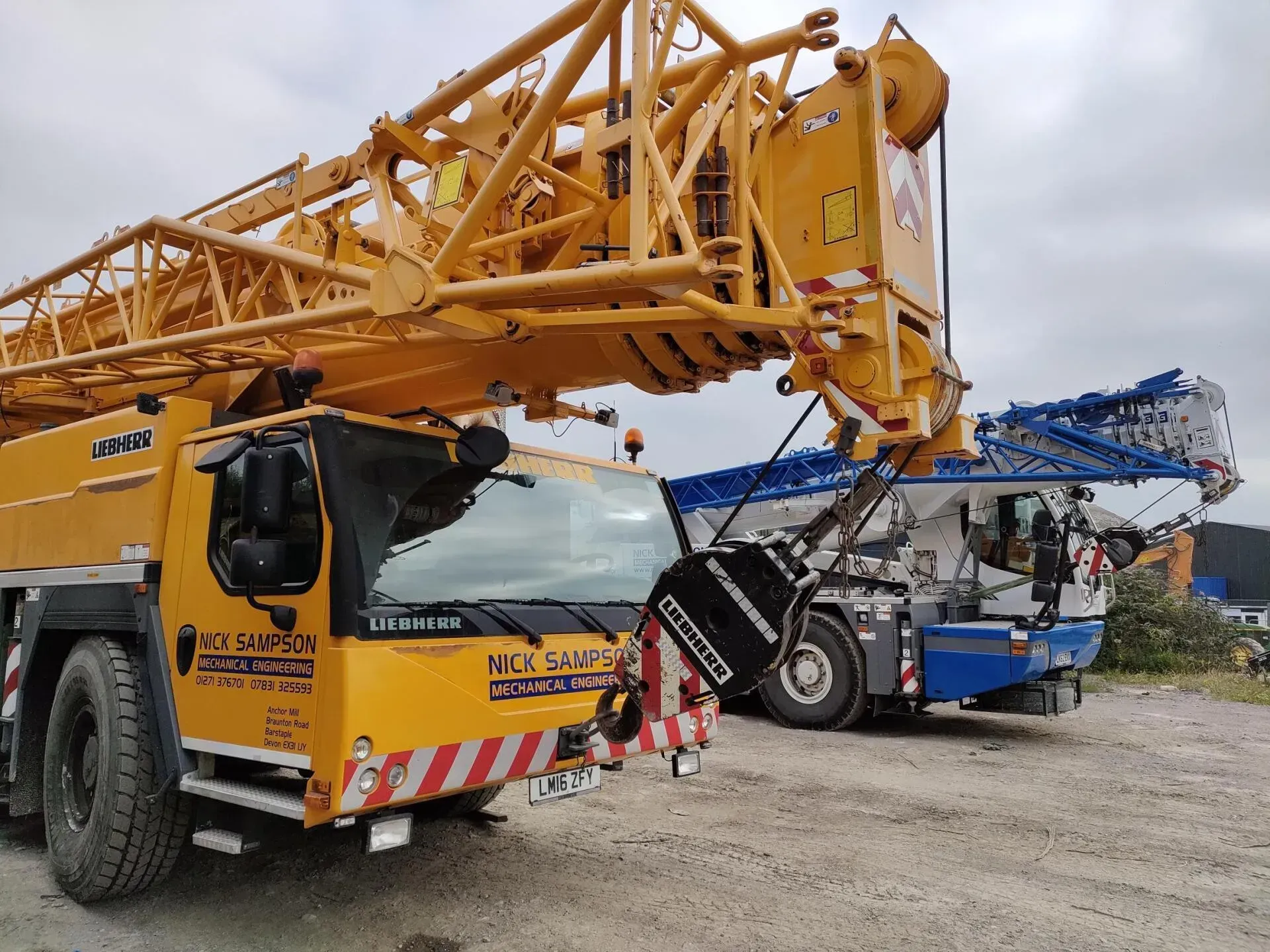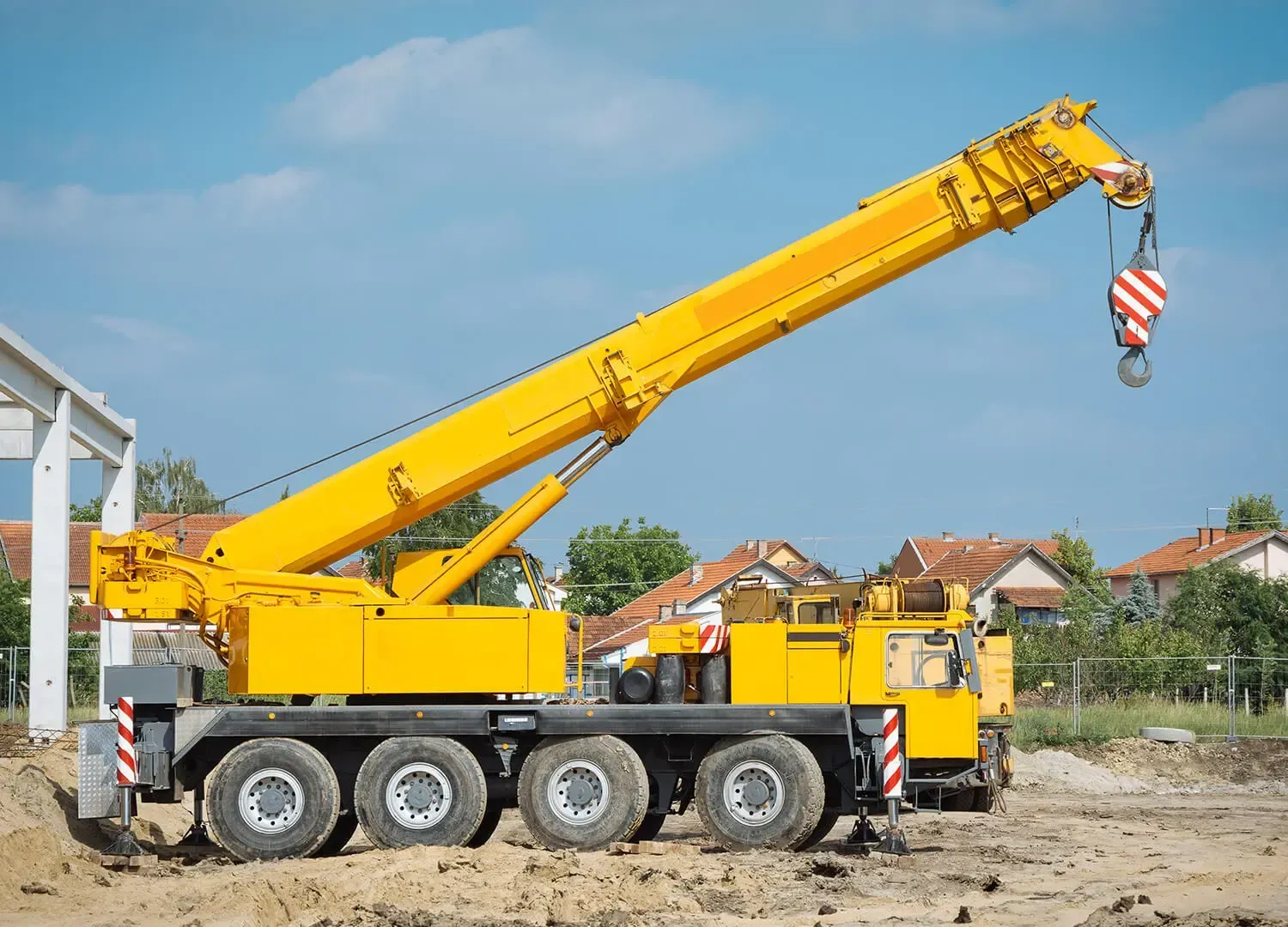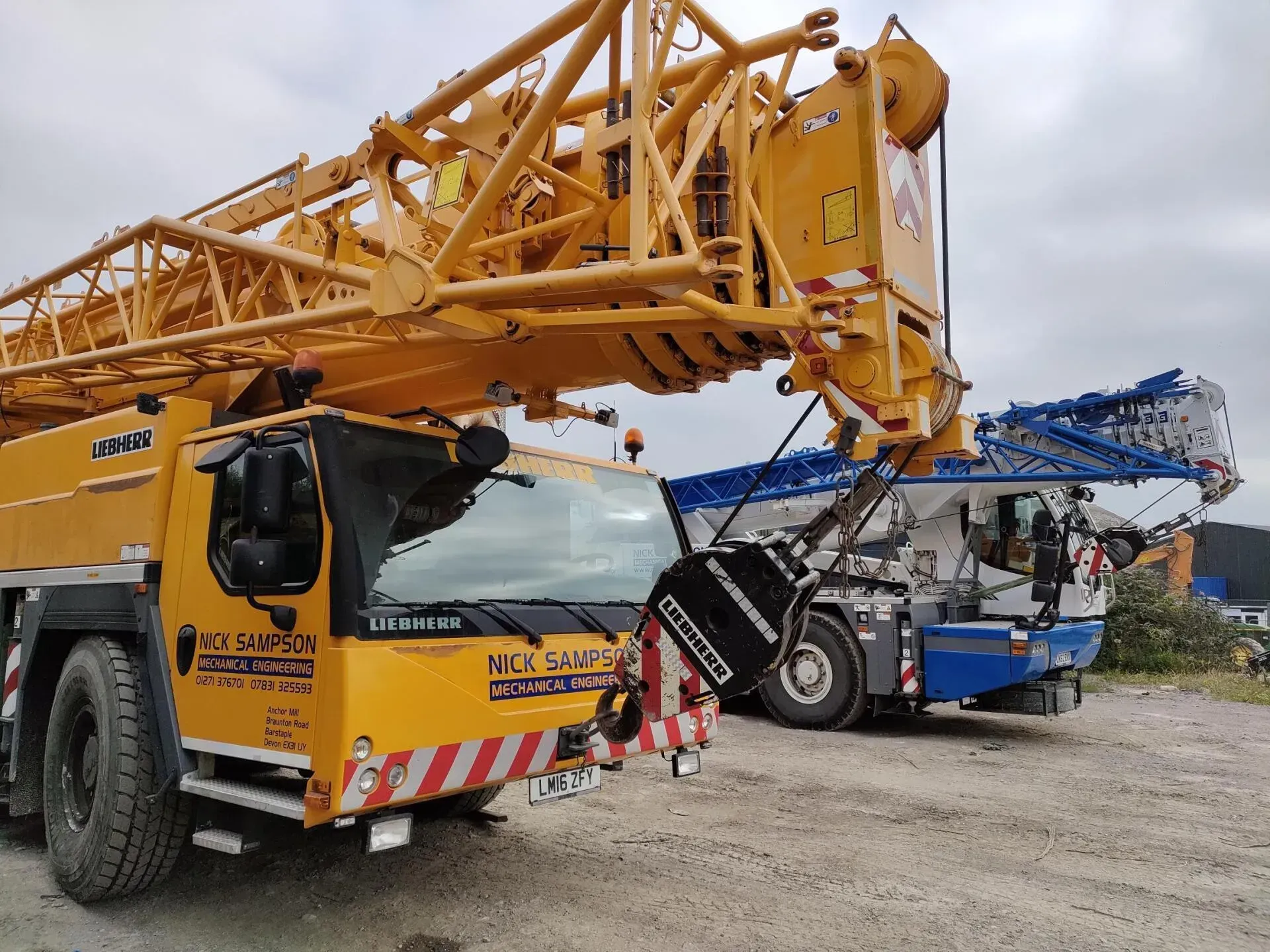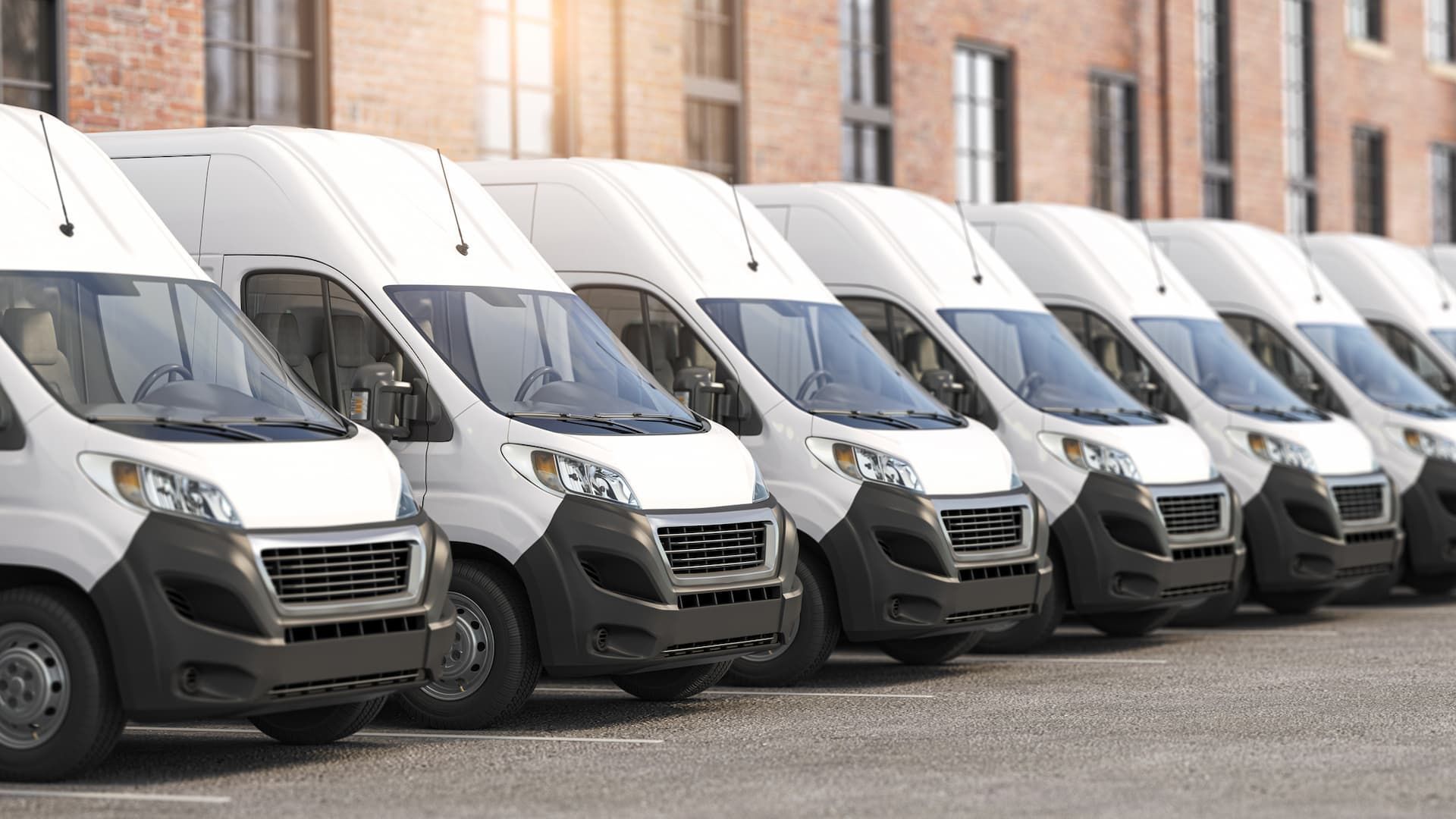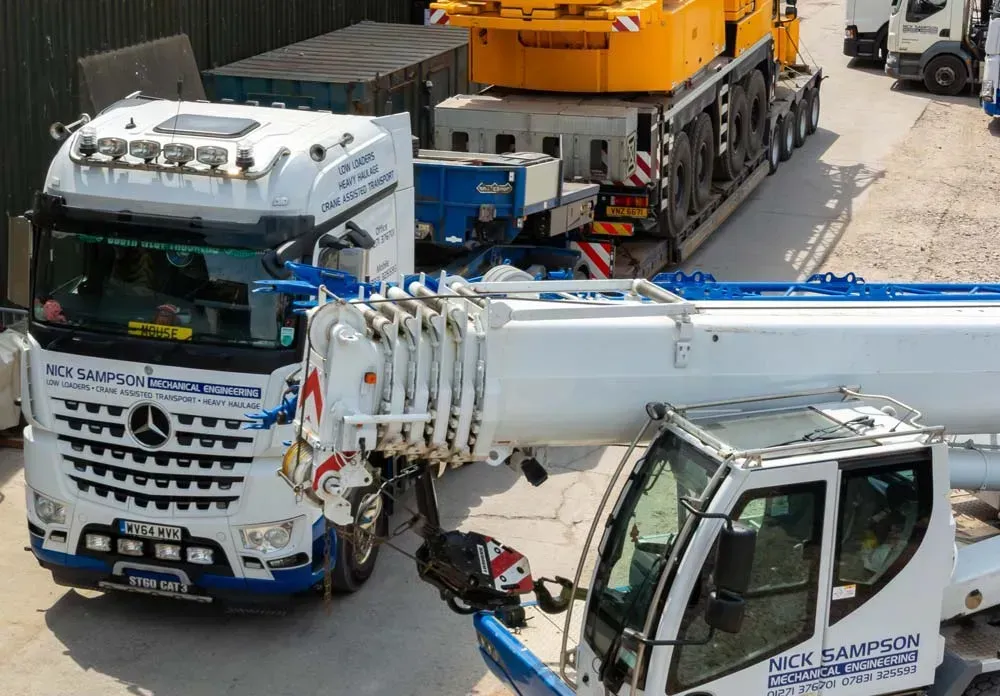Safety Procedures When Handling Heavy Haulage
The need to be aware of the right safety procedures surrounding heavy haulage isn’t something that should just concern you. It’s the lives of fellow drivers, equipment handlers and road users alike who will also be in harm’s way should something go wrong. Container haulage companies need to adhere to strict regulations, maintain vehicle integrity and implement the best practices to prevent accidents on the roads and comply with the law.
Generally speaking, anything over 44 tonnes is considered ‘heavy’ and needs additional safety precautions, though the
legal requirements surrounding this are more complex than they seem at first. The only thing more technically important and specific than haulage requirements? Their associated legal safety procedures. Read on to master them.
What Can Cause an Accident
There are three common reasons for an accident occurring during the transportation of container haulage that you need to be aware of to be able to prevent:
- Vehicle failure: When heavy haulage exceeds the occupancy of its transporting vehicle, this can lead to tire blowouts, brake failure and damage to the road itself in extreme cases. Check your vehicle’s handbook to prevent these disasters.
- Improper load securing: If your haulage isn’t secured properly with the right supports, then the cargo could slip free from the transporter and be released onto the road, leading to untold damage and possible loss of life.
- Driver fatigue: This is perhaps the least obvious of the three, but no less deadly. Long-haul journeys can be exhausting, and a tired driver can have fatal consequences when they’re carrying haulage of such great size and weight.
How to Prevent Each
Though these factors are nothing short of terrifying in possible damages, there are thankfully clear guidelines and routines that container haulage companies must adhere too. You can read them in full on the DVSA Guide to Maintaining Roadworthiness, but here is a clearer summary specifically for heavy haulage:
- Vehicle inspection: The weight limits, breaks, tyres and lights of a haulage transporter need to be examined and tested before you set off on a journey. Subtle wear on a vehicle can cause far greater damages to your and others’ vehicles if unaddressed.
- Weight distribution: Poor load securing is usually more to do with the heavy haulage’s placement as opposed to the method of securing itself. Twist locks should be used accurately, with precise adherence to the ADR Regulations for hazardous cargo.
- Driver vetting: The person behind the wheel is ultimately the one with the most control over the haulage’s safety after all its checks are done. GPS tracking and a thorough system of driver vetting mean that you can be sure the haulage arrives in one piece.
Nick Sampson: Stay Safe in the Knowledge
At Nick Sampson, we have dedicated ourselves to the best safety practices because it’s our friends, families and coworkers who are also affected by their poor implementation, as well as our clients. Heavy haulage safety procedures is an era of expertise that may seem dull at first, but its ignorance can be lethal.
Contact us today to stay safe in the knowledge that your haulage remains secure with us.

